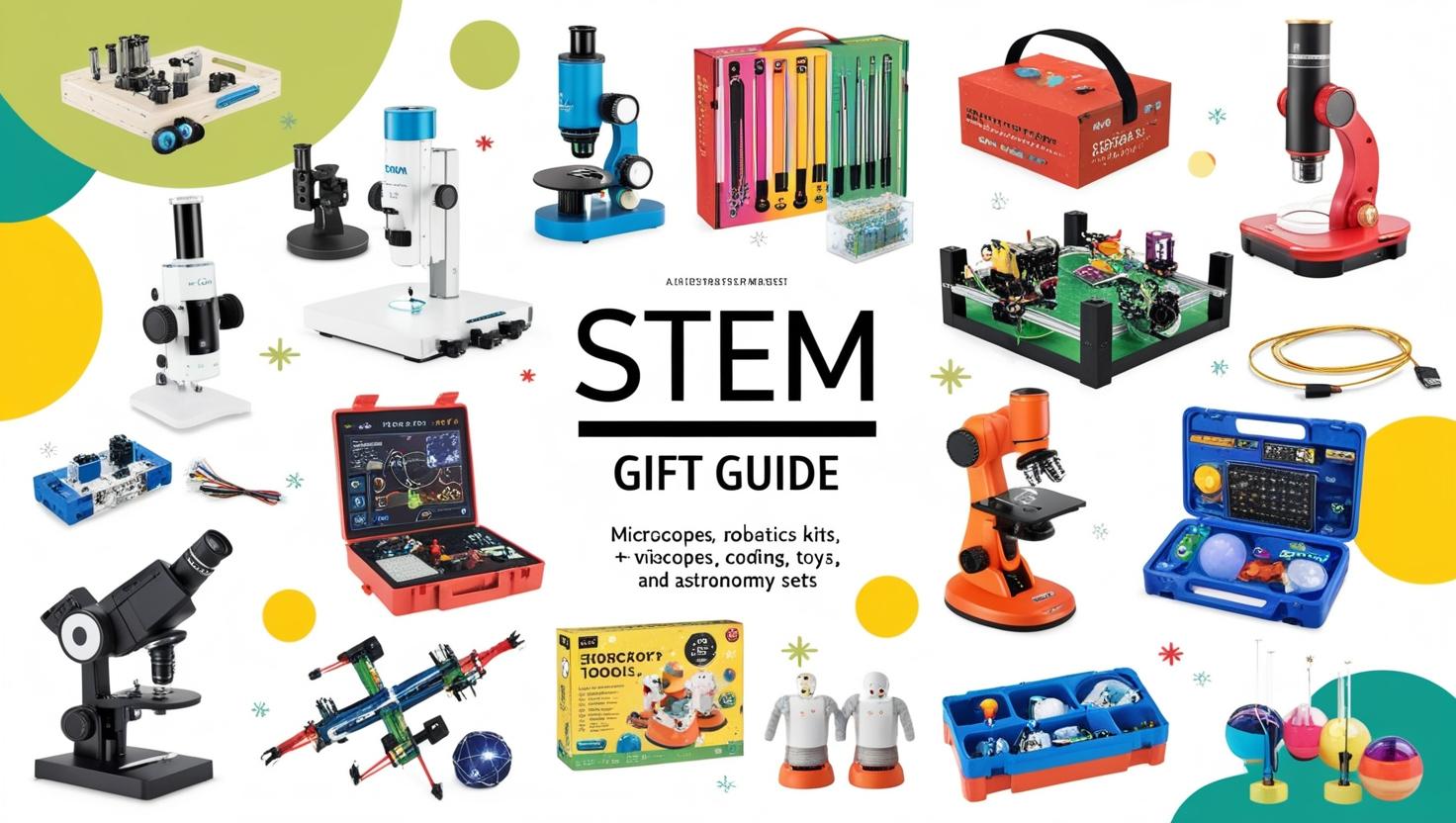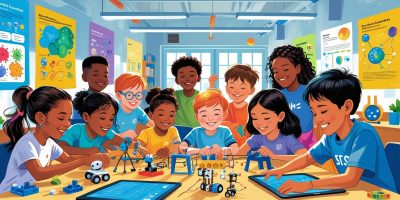When we think of STEM toys, we often picture kids learning about circuits, robots, and coding. But there’s a deeper benefit that doesn’t come in the box: grit.
Grit—defined as perseverance and passion for long-term goals—is a stronger predictor of success than IQ or talent. And surprisingly, many STEM toys are like mini grit gyms for young minds. They teach kids how to stick with hard problems, recover from mistakes, and keep trying when things don’t work out the first (or fifth) time.
Let’s explore how STEM toys build grit and resilience—not just “smarts.”
1. They Make Failure Normal (and Fun)
From building a circuit that doesn’t light up to a robot that veers off course, STEM toys often don’t work perfectly on the first try.
What kids learn:
- Failure is part of the process.
- Tweaking and trying again is normal.
- Learning happens in the struggle.
This approach reframes mistakes as feedback—not flaws.
2. They Encourage Open-Ended Challenges
Many STEM toys don’t have one “right” solution. Whether it’s building with LEGO, creating a marble run, or programming a robot’s path, kids must experiment, revise, and persist.
What kids learn:
- Creativity over correctness
- There are many ways to succeed
- Effort and flexibility matter
This fuels a growth mindset—another key ingredient of grit.
3. They Train Patience and Long-Term Thinking
STEM toys often require multi-step thinking. Completing a build or solving a coding puzzle can take time and sustained focus.
What kids learn:
- Delaying gratification (it’s not instant!)
- Breaking big tasks into smaller parts
- Seeing things through to the end
These are core habits that help in school, relationships, and life.
4. They Reward Persistence with Visible Results
Whether it’s watching a light blink, a robot move, or a structure stand tall—STEM toys give visual, satisfying results when kids finally figure it out.
What kids learn:
- Effort leads to real success
- The “aha!” moment is worth the wait
- Perseverance pays off
This loop builds confidence and a positive connection to hard work.
5. They Let Kids Take the Lead
Unlike traditional worksheets or test-based learning, STEM play often puts the child in charge. They choose what to build, what to fix, and how to explore.
What kids learn:
- Ownership over learning
- Self-motivation
- Solving problems without fear of being wrong
This self-direction fuels grit because kids are doing it for themselves, not just for approval.
How to Encourage Grit at Home with STEM Play
- Let them struggle: Resist jumping in too fast to “fix” something.
- Celebrate effort, not just results: Praise persistence and creative attempts.
- Model curiosity: Ask open-ended questions like, “What do you think will happen if…?”
- Pick toys with open-ended designs: Like LEGO, coding robots, or building sets.
- Create a “tinkering” space: Where failure is safe and messes are welcome.
Final Thoughts
STEM toys aren’t just shaping future scientists—they’re shaping resilient, motivated, confident kids. The kind of kids who try again. Who troubleshoot. Who don’t give up.
And in today’s fast-changing world, grit might just be the most valuable skill of all.





